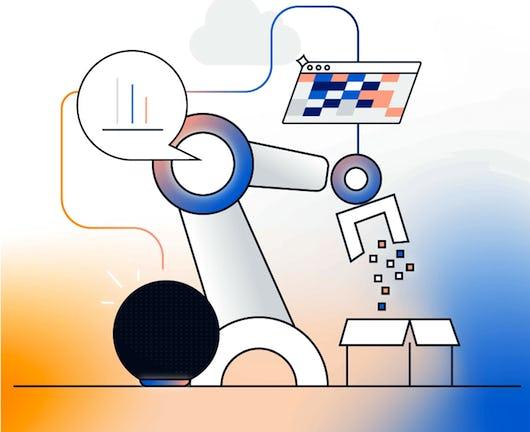MOOC List is learner-supported. When you buy through links on our site, we may earn an affiliate commission.

MOOC List is learner-supported. When you buy through links on our site, we may earn an affiliate commission.
Week 1 closes with automation with scripting by sharing examples of how automation helps and the benefits of using scripts. A focus on Automation isn't complete with an overview of Infrastructure as Code. You'll get introduced to Provisioning and Configuration Management and solve an automation problem with AWS CloudFormation. The instructors will then share some simple automation examples and how various tools can help you get the job done. In the course's final week, we'll cover the various AWS Services and features used for automation, how to scale resource management, and use the Systems Manager console and AWS Config for compliance.
This course is part of the AWS Cloud Technology Consultant Professional Certificate.
Syllabus
Why Automate?
This module starts by defining what the concept of automation means, before moving on to cover some of the basic components that you can use for automation in the cloud. Module 1 is divided in two parts: Introduction to Automation and Automation with Scripting. During the first part of the module (Introduction to Automation), the you learn about the context of automation in the course and explore how cloud computing facilitates automated tasks. You also learn more about APIs and the basics of how to use the AWS Command Line Interface (AWS CLI). In the second part of this module (Automation with Scripting), you get an introduction to the basics of scripting languages, learn about best practices for writing scripts, and receive a crash course in the Bash scripting language. This module also offers a hands-on lab focused on using the AWS CLI for Automation so you can gain practical experience with scripting tasks.
Infrastructure as Code
In the second module of the course, you focus your learning on a relevant industry topic: automating things by using code, which is also known as infrastructure as code (IaC). Understanding IaC is crucial for operationalizing automation. With proper IaC, you can start automating how you provision infrastructure in a declarative way, instead of writing scripts for every task. This module is designed so that you gain a solid understanding about AWS CloudFormation and its importance for automation. This module is also subdivided into two major topics: Infrastructure as Code and Configuration as Code. First, you learn about the difference between IaC and configuration as code before exploring the details of each modality. IaC focuses on provisioning architectures by using a declarative language. In contrast, configuration as code focuses on using automation to configure fleets of servers that are currently running. This module also provides readings and hands-on activities that focus on AWS CloudFormation, so that you can learn about CloudFormation by using it.
AWS Services and Features Used for Automation
Similar to the previous modules, the final module in this course is divided in two segments: Resource Management Best Practices and Scaling Resource Management. In Resource Management Best Practices, you start by learning some techniques for provisioning Amazon Elastic Compute Cloud (Amazon EC2) instances. You learn about and compare different methods of instance bootstrapping, and learn about EC2 instance metadata—a dedicated layer where instances can get information about themselves. You also explore ideas about how to combine these features to create automation solutions, and best practices on how to for organizing AWS resources by using tags for compliance and access control. In Scaling Resource Management, you learn how to use AWS Systems Manager and AWS Config to set up automation for maintenance and continuous compliance. This module includes readings and a hands-on activity with Systems Manager.
MOOC List is learner-supported. When you buy through links on our site, we may earn an affiliate commission.
MOOC List is learner-supported. When you buy through links on our site, we may earn an affiliate commission.
